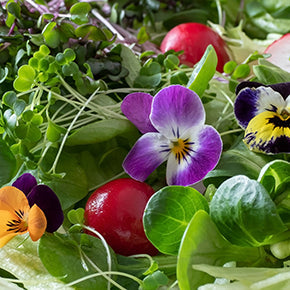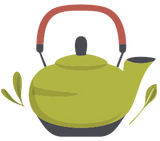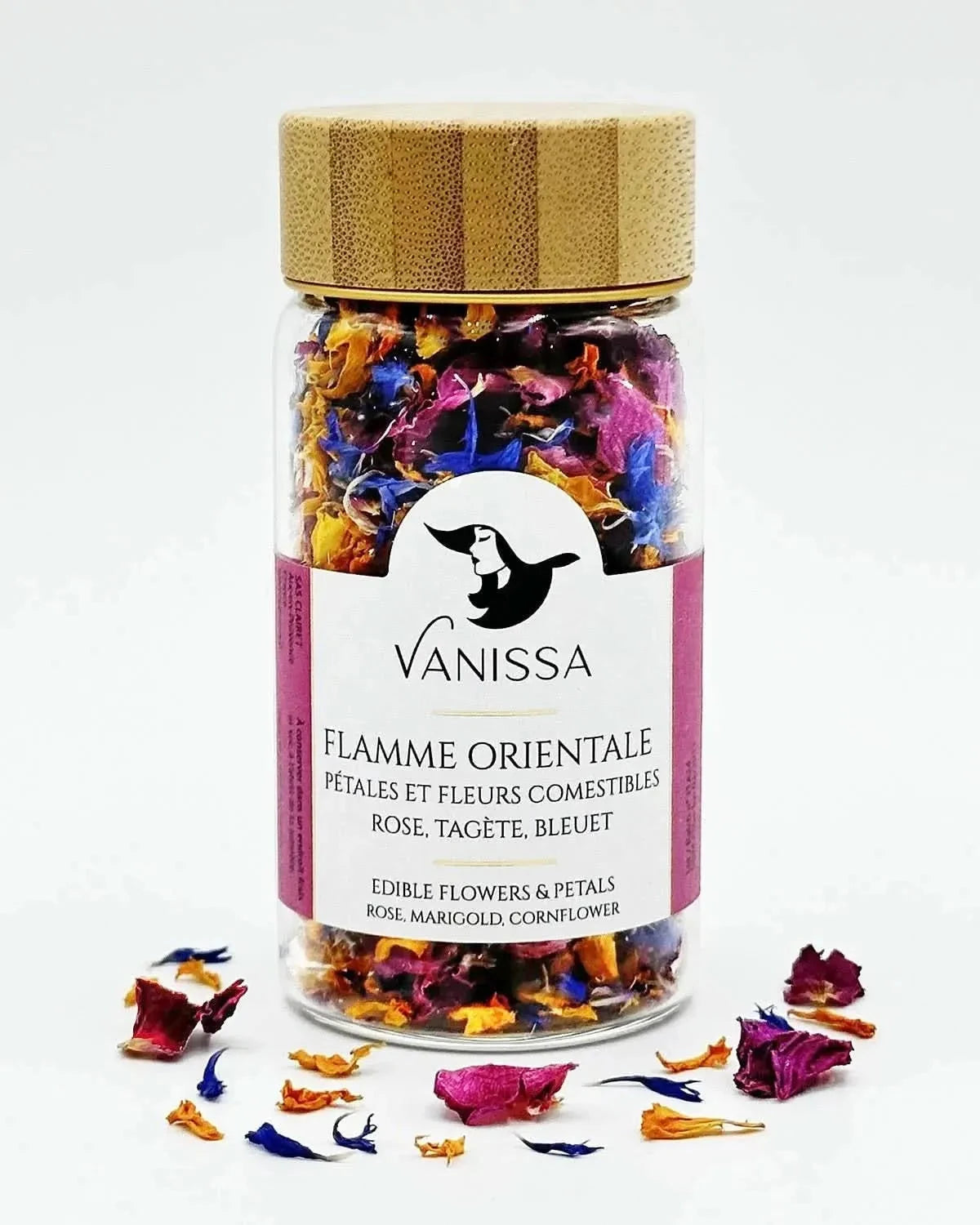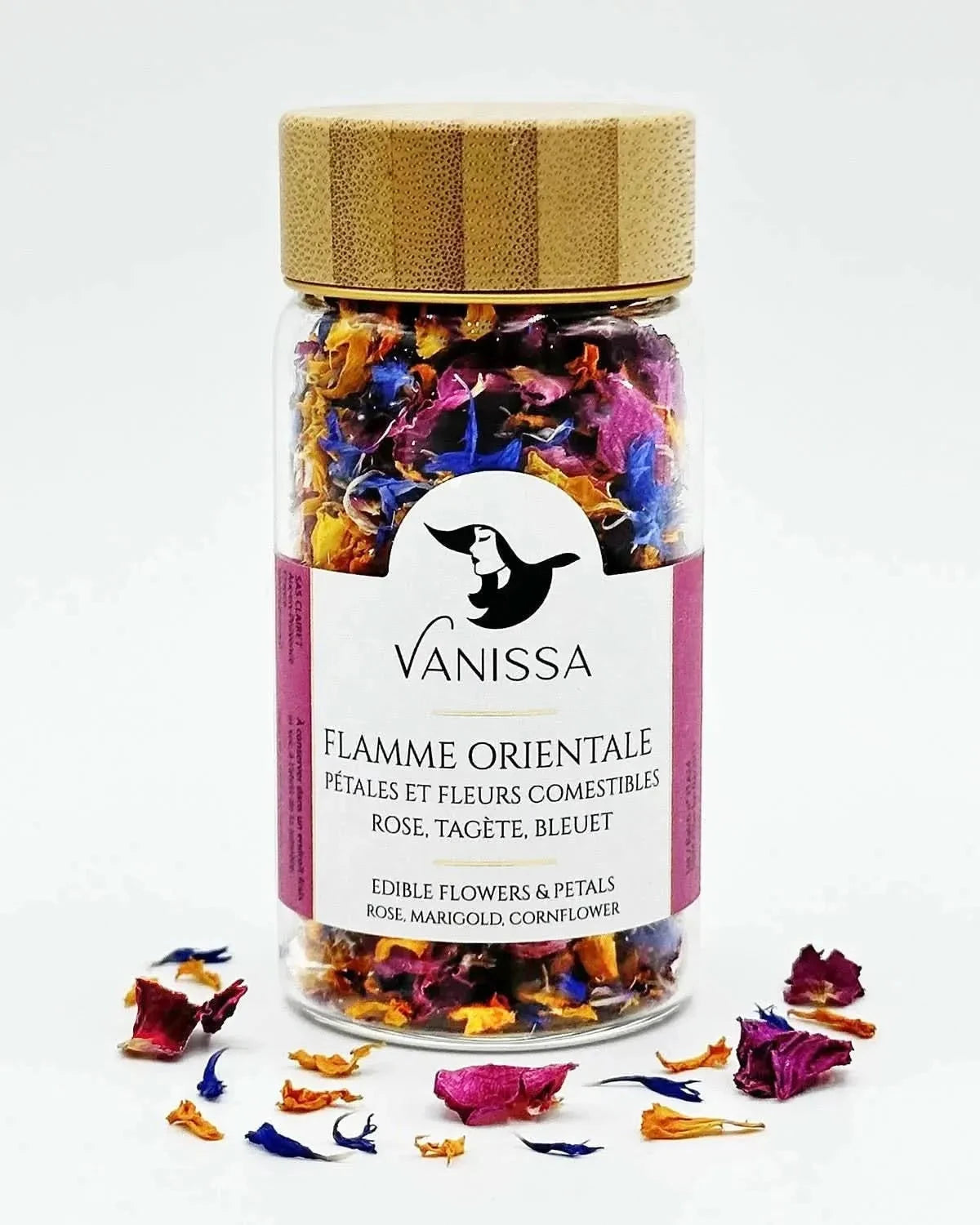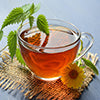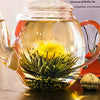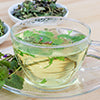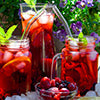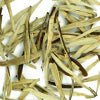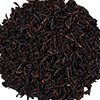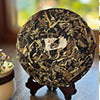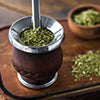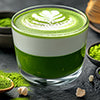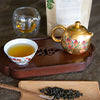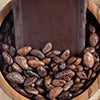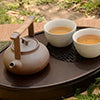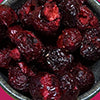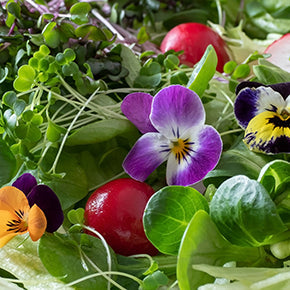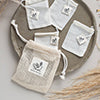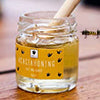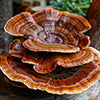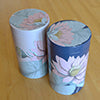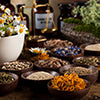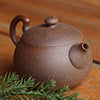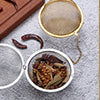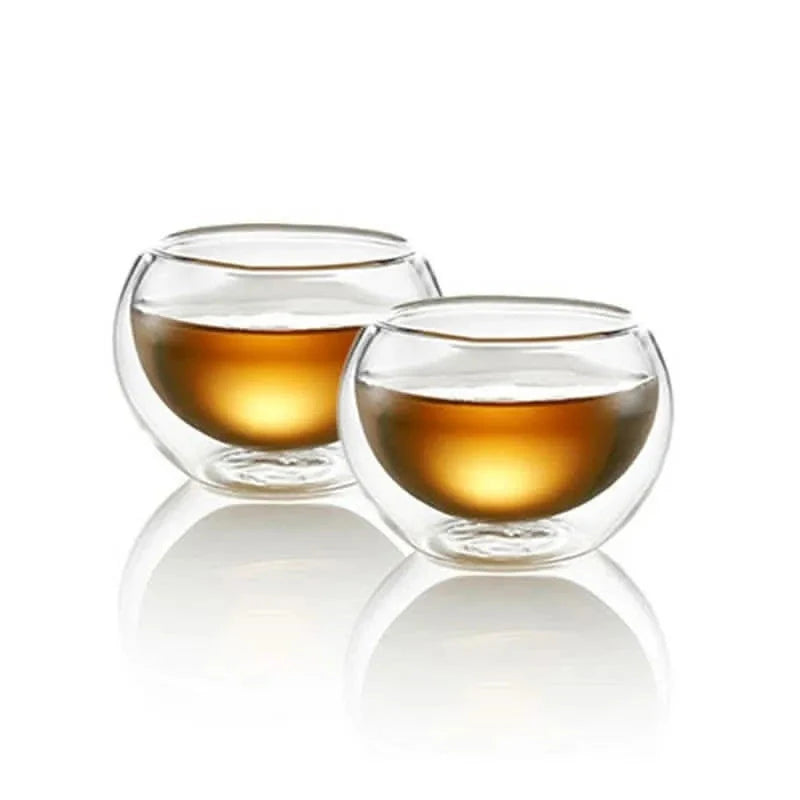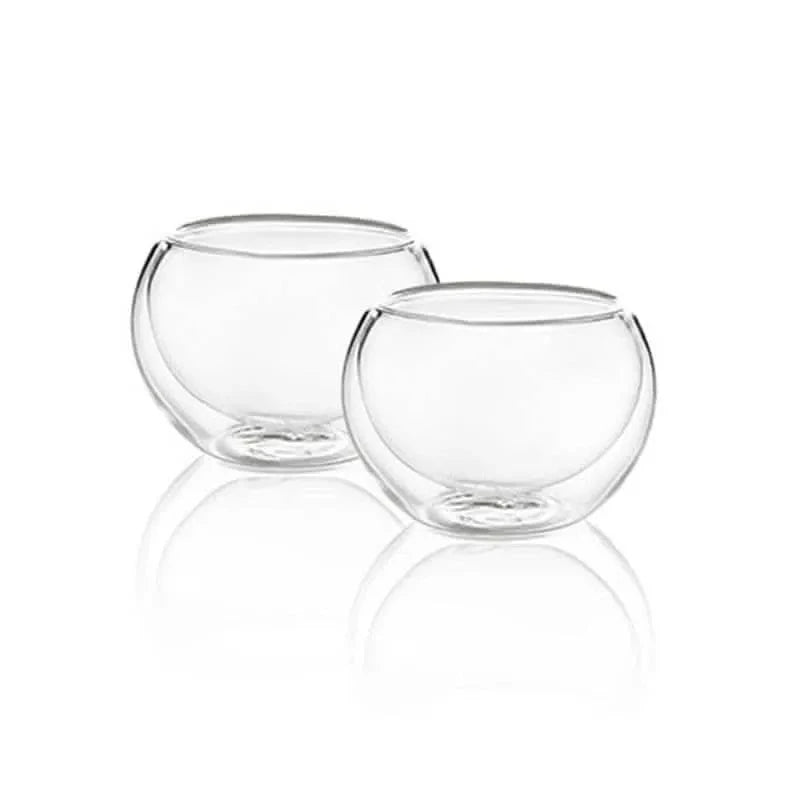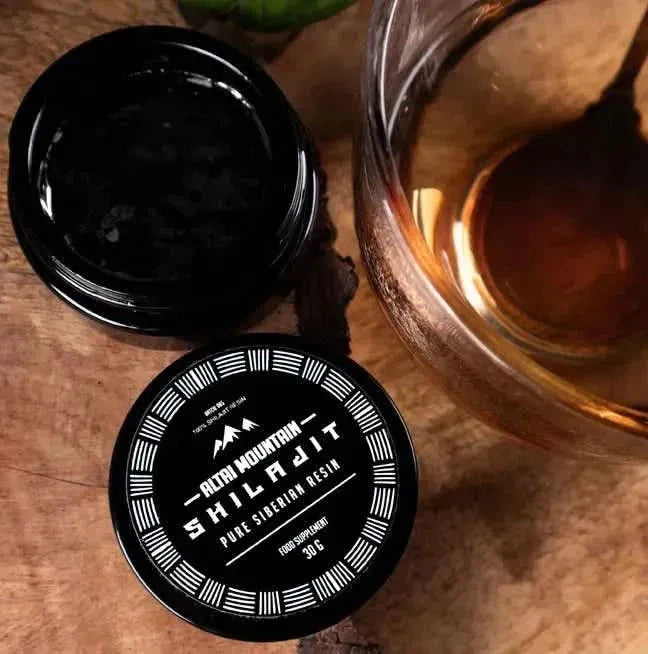Edible Flowers
Filter
Sort by:
Description
Introduction to Edible Flowers
Edible flowers bring a vibrant and flavorful dimension to culinary creations, offering an enchanting blend of color, fragrance, and taste. These versatile ingredients enhance various dishes, from salads and soups to entrees, desserts, and beverages, adding both visual appeal and unique flavors.
Cultural Heritage
For thousands of years, edible flowers have played significant roles in traditional medicine, culinary practices, and cultural ceremonies. Ancient Egyptians incorporated them into cosmetics and perfumes, while Chinese cultures developed elaborate tea ceremonies around certain blossoms. Medieval European cuisine regularly featured edible flowers as both garnishes and ingredients.
Modern Applications
Today, edible flowers continue to enhance contemporary cuisine, offering creative possibilities for innovative chefs and home cooks alike. Their applications range from elegant cake decorations to creative salad ingredients, while also finding use in modern botanical cocktails and artisanal teas.
Preparation Guidelines
Proper preparation ensures both safety and optimal flavor. For most flowers, removing stamens and pistils prevents bitterness, while gentle cleaning preserves delicate textures. Larger flowers like roses require careful petal separation, and smaller blooms need precise handling to maintain their integrity.
Cultural
Essential Edible Flower Varieties
Different flowers offer unique culinary opportunities:
Squash Blossoms
These delicate yellow flowers from the Cucurbita pepo plant provide a subtle, nectar-like sweetness. Chefs prize them for stuffing with soft cheeses, coating in light batter for frying, or incorporating into pasta dishes. Their large, trumpet-like shape makes them ideal for filled appetizers.
Rose Petals
Rose petals contribute both romantic visual appeal and subtle floral notes to dishes. After removing the white base to prevent bitterness, these versatile petals enhance everything from Middle Eastern desserts to elegant salads and aromatic teas. Different varieties offer distinct flavor profiles, from sweet to slightly spicy.
Nasturtium
These bright flowers deliver a peppery kick similar to watercress, making them perfect for savory applications. Their vibrant orange, yellow, and red blooms add both visual impact and a pleasant bite to green salads, while also serving as striking garnishes for canap?s and main courses.
Marigold
Known for their bright orange hues, marigolds provide both culinary and therapeutic benefits. Their strong, pungent flavor works well in herbal teas, while traditional medicine values them for treating skin conditions. These flowers also add natural color to dishes.
Benefits
Health Benefits of Edible Flowers
Beyond their aesthetic appeal, edible flowers offer numerous health advantages:
Antioxidant Properties
Many edible flowers contain potent antioxidants that help protect cells from free radical damage. These compounds play crucial roles in supporting overall health and reducing inflammation. Calendula and marigold particularly stand out for their high antioxidant content.
Digestive Support
Several flower varieties aid digestive health. Fennel flowers stimulate digestive juices, while marjoram blossoms can help ease various digestive issues. The natural compounds in these flowers support healthy gut function and comfort.
Therapeutic Applications
Traditional healing practices have long utilized certain flowers for their medicinal properties. Marigold and calendula demonstrate soothing effects when applied topically, helping relieve minor skin irritations. These flowers contain natural compounds that support skin health and healing.
Cognitive Benefits
Some flowers, particularly sage blossoms, show promising effects on cognitive function. These flowers contain compounds that may support brain health while also offering benefits for digestive comfort. Regular consumption may contribute to overall mental wellness.
Instruction
Preparation Guidelines
Harvesting Specifications:
-Early morning collection-Dry conditions required
-Full bloom stage
-Pest-free specimens
Cleaning Protocol:
-Gentle water rinse-Air drying required
-Careful inspection
-Minimal handling
Storage Requirements:
-Temperature: 40-45°F-Humidity: 85-95%
-Ventilated containers
-Dark storage location
Usage Parameters:
-Immediate use preferred-48-hour maximum storage
-Careful moisture control
-Cross-contamination prevention
FAQs
